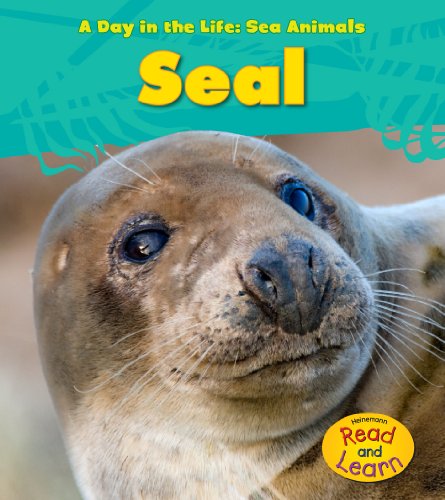-
Okapis
Christy Steele
Library Binding (Heinemann/Raintree, Feb. 1, 2003)From the Animals of the Rainforest Series - Okapis - African animals that look something like horses, but with striped legs and horns. The book tells about the range of the Okapis, with a map, how they live in the rain forest, what they eat, their life cycle, and their future. With bibliography and internet references for more study P
P
-
Polar Bear
Katie Marsico
Library Binding (Heinemann, July 1, 2011)Explore the polar region, one of the most extreme environments on Earth, by following a polar bear through its day as it eats, sleeps, and cares for its young. With a step-by-step life cycle diagram, critical-thinking questions, and further resources, this book is sure to captivate young animal lovers! L
L
-
Arabian Oryx
Anita Ganeri
Paperback (Raintree, March 12, 2012)Here, readers can see what happens to different desert animals over the course of a day and night. Each book in the series discusses different aspects of the animals' anatomy and behaviour. L
L
-
Opossums
Joann Early Macken
Paperback (Weekly Reader/Gareth Stevens Pub, July 1, 2009)Night falls as an opossum hurries through the forest. She carries her babies on her back as she looks for food. When an enemy approaches, she lies perfectly still until the danger has passed. In Opossums, learn how this tiny creature survives in the forest. J
J
-
King Vultures
James Redmond
Library Binding (Raintree, March 17, 2003)Take an exciting trip to the rainforest and discover the animal world! Pacjed with full-color photos, this book brings the sights and sounds of the rain forest creatures to life. How animals survive in the rain forest, the future of rain forest animals are explored in detail. O
O
-
Monkeys
Julie Guidone, Susan Nations
Library Binding (Weekly Reader/Gareth Stevens Pub, Jan. 1, 2009)Each title in this series describes a different animal's life cycle, eating habits, home, and behavior through simple text and vivid full-page, color photographs of animals in their rain forest habitat. F
F
-
Jaguars
Golriz Golkar
Paperback (Pop!, Sept. 1, 2018)This book introduces readers to the largest cat of the Americas: the jaguar. Readers learn about the life cycle, behavior, physical characteristics, and habitat of jaguars. Vivid photographs and easy-to-read text aid comprehension for early readers. Features include a table of contents, an infographic, fun facts, Making Connections questions, a glossary, and an index. QR Codes in the book give readers access to book-specific resources to further their learning. M
M
-
Moose
Joann Early Macken
Paperback (Weekly Reader/Gareth Stevens Pub, July 1, 2009)The sound of snapping branches breaks the silence as a moose walks among the trees. This creature is the largest member of the deer family. In Moose, learn how huge antlers and sharp senses help this mighty animal in its forest home. G
G
-
Amazon River Dolphins
Sandra Donovan
Library Binding (Heinemann/Raintree, Jan. 1, 2002)Introduces the unusual dolphins that have adapted to life in the Amazon River Region of South America, explores their habitats, and explains why they are endangered and what we can do to protect them. N
N


